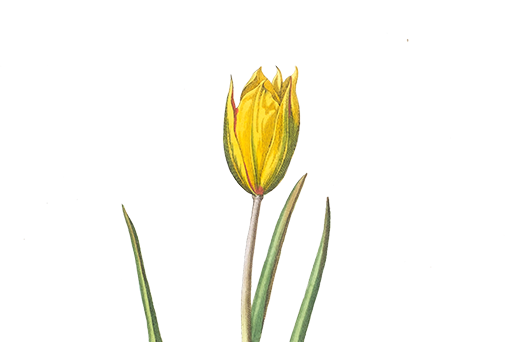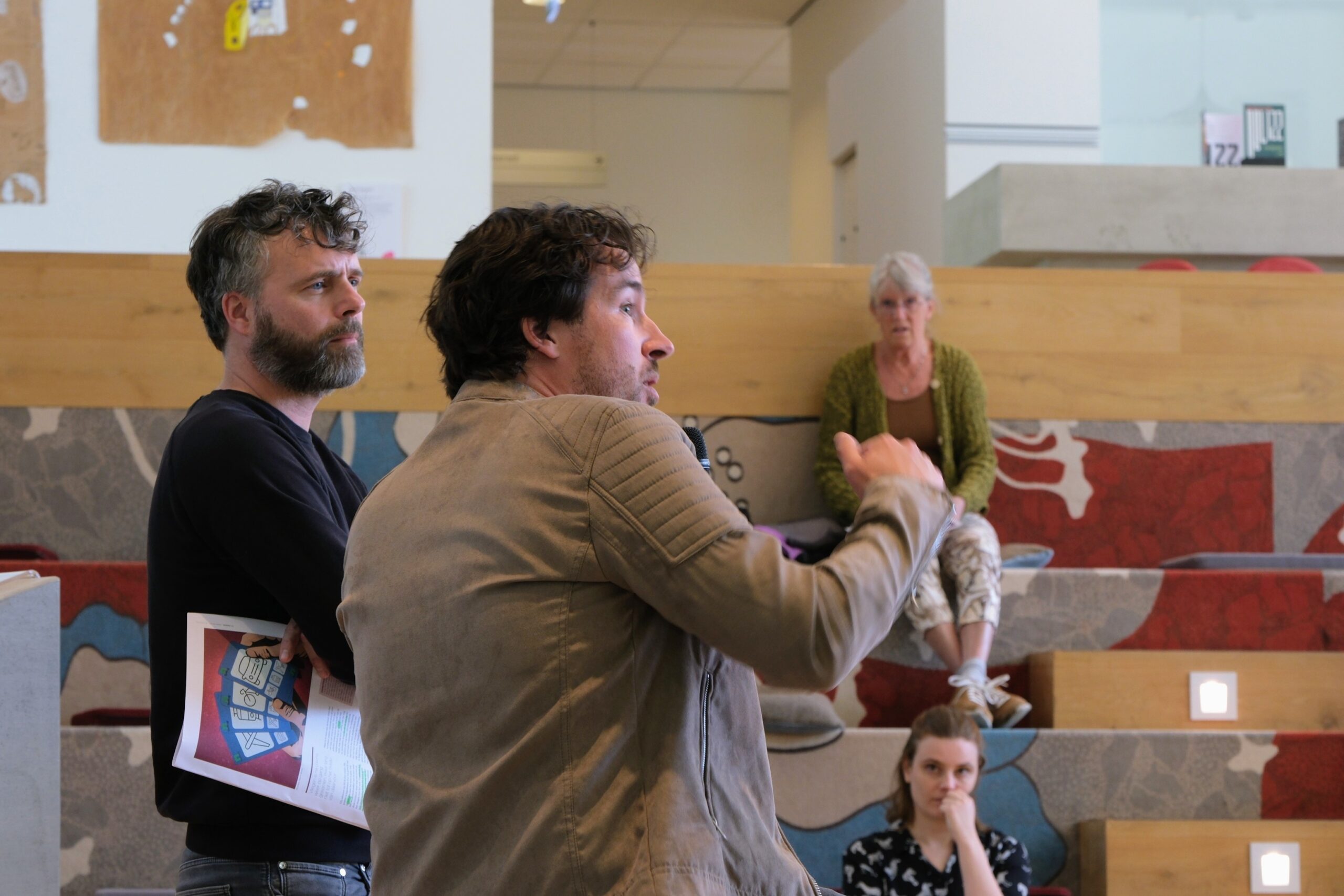The European ornamental horticulture sector wants to become sustainable but so far has not had a standard method of calculating its environmental footprint. It does now. ‘With FloriPEFCR, the sector has grown up.’
This Easter weekend there will be a vase full of tulips on many a table. But how sustainably are those flowers grown, actually? As a consumer you are often completely in the dark. Any grower can claim that a plant has been grown sustainably, and you have no idea how reliable that claim is, or whether one tulip is any greener than the next one. But last month, the European Commission approved FloriPEFCR, a standard set of calculation rules for the environmental impact of cut flowers and pot plants. If growers use it to calculate their footprint, the claims are reliable and easily comparable.
The calculation rules are the result of a collaboration between Wageningen Economic Research, Royal FloraHolland, branch organizations, environmental analysts and banks. WUR researcher Roline Broekma picked roses in the greenhouses of the Noordoostpolder area herself as a teenager. For three years now, she has been leading the project as an expert in life cycle assessment.
What is so special about FloriPEFCR?
‘Product Environmental Footprint Category Rules (PEFCRs) have to comply with European rules. For example, our consortium was only allowed to formulate the rules if at least 51 per cent of the market participated in the process. I am proud of the fact that we arrived at these rules in collaboration with so many stakeholders. With FloriPEFCR the sector has grown up: companies can no longer just use their own methods and make green claims – they follow a standard for the entire European market, so that you can compare the impact scores everywhere.’
How do you keep the rules objective with so many commercial interests involved?
‘The EU’s procedure provides for that: you can’t operate in isolation. There were two interim rounds of consultation in which the calculation rules were made public. Everyone could comment on them and the consortium was obliged to respond to every comment. And three external reviewers assessed our reports. Finally, a technical council from the EU and a group of representatives from countries and NGOs checked everything and questioned us about our choices. In that regard, the product environmental footprint process is a big circus.’
What was the hardest part?
‘What they term metrology of the sector: you have to assign specific figures or formulae to each step in ornamental horticulture. Take the combined heat and power system in the greenhouses, for instance. It needs gas to heat the greenhouses, but some of the energy it generates supplies houses in the neighbourhood. We had to figure out how you factor that in.
With this standard for the European market, you can compare impact scores everywhere
‘A second example is the substrate the plants are grown in. Peat, potting soil and coconut fibre all have their own environmental impact for production and waste processing. Peat contains fossil carbon, for instance. If you use that, CO2 is released, but not all at once. How much of the emissions can be put down to the plant depends on how long you use the peat and what happens to it after use. After discussions, including with the European branch association for substrates, we decided to attribute all the emissions to the plant.’
What’s the source of the biggest environmental impact of ornamental horticulture?
‘For both cut flowers and pot plants, the cultivation and the distribution (the first transport phase after cultivation) do the most environment damage. Those are the hotspots. For instance: roses from the Netherlands and Kenya are fairly similar in their total environmental impact, but with a different emphasis. The Dutch roses grow in a heated greenhouse, which uses gas and emits CO2. In Kenya, you don’t need that heat but you cause a lot of emissions if you fly the roses out to European markets.
For those hotspots, companies have to fill in their own figures. That includes the harvest per hectare, litres of water, kilos of fertilizer, crop protection inputs, and kilometres per means of transport. Not every company has the expertise in-house to work with PEFCR itself, because it’s quite a technical document. That’s why tools are being created for calculating the footprint using the new rules, even if you are not a sustainability expert.’
How will the consumer notice these rules?
‘We are still in consultation with Royal FloraHolland about how the sector can best inform the customer about the score for the environmental footprint. Figures don’t mean much to a consumer. You can also use categories, like the Nutri-Score for healthy food. But then you do have a dilemma: where do you draw the line between categories? You have to divide them so that not everything ends up in A or B, but also not in E. You want consumers to have a choice. At the same time, you want companies to have an incentive to reduce the impact of their products and get into a lower category.’
Is the EU going to make the calculation rules compulsory in ornamental horticulture?
‘We expect that the EU will adopt the PEFCR as the standard for green claims. In the Green Claims directive proposal, PEFCR is the only method mentioned by name. But the proposal assumes that it will be used on a voluntary basis, whereas I think it will be large retailers like garden centres who will pressurize growers into using it, because more and more consumers are asking about the environmental footprint of flowers and plants. If that pressure comes from the market, companies will voluntarily calculate their footprint using FloriPEFCR.’ And then the tulips on the table at Easter will hopefully become a bit greener every year.
PEF-CR
PEF stands for Product Environmental Footprint. It is an umbrella term for general rules that the EU has drawn up to standardize life cycle assessments (sustainability analyses) and to counter false claims. Then it is up to each sector to fill in the details of the calculation rules, the category rules (CR).

 Illustration Tulipa sylvestris from Flora Batava
Illustration Tulipa sylvestris from Flora Batava 

